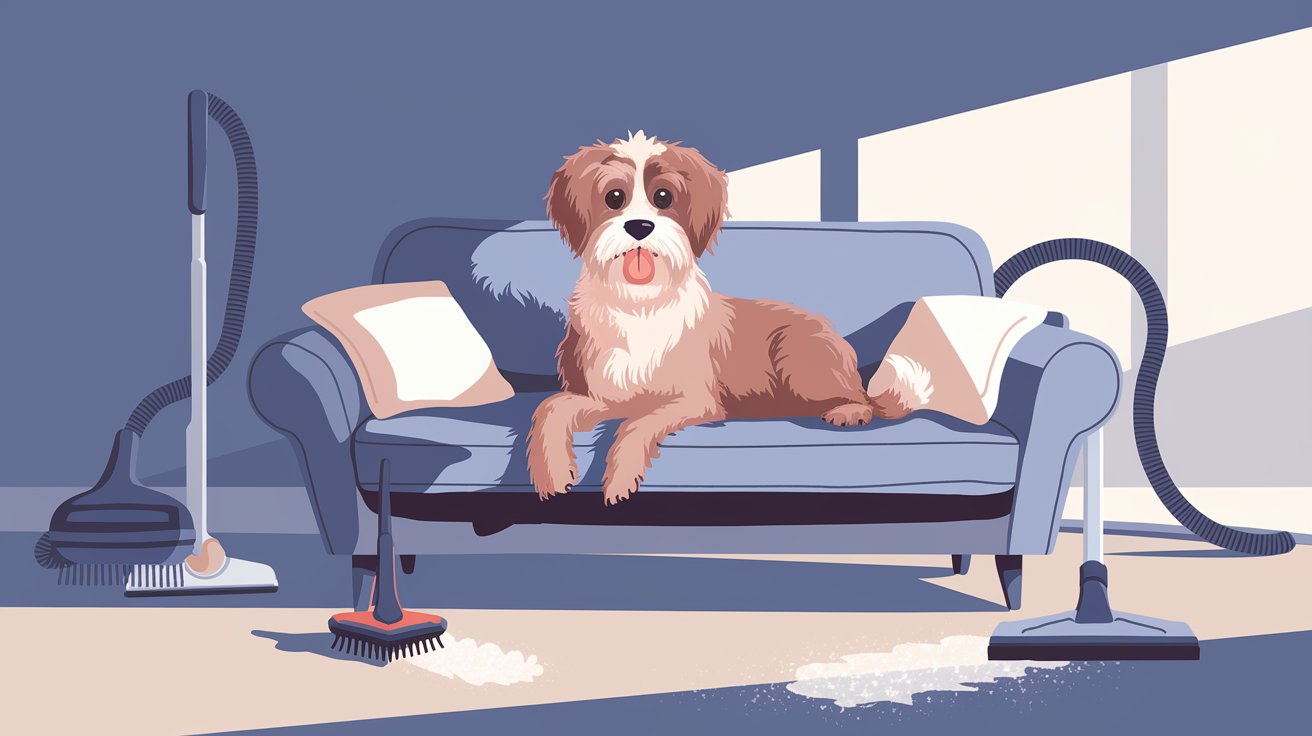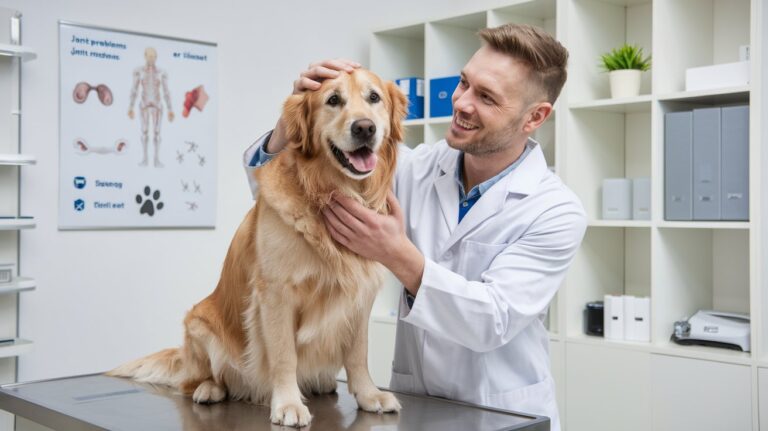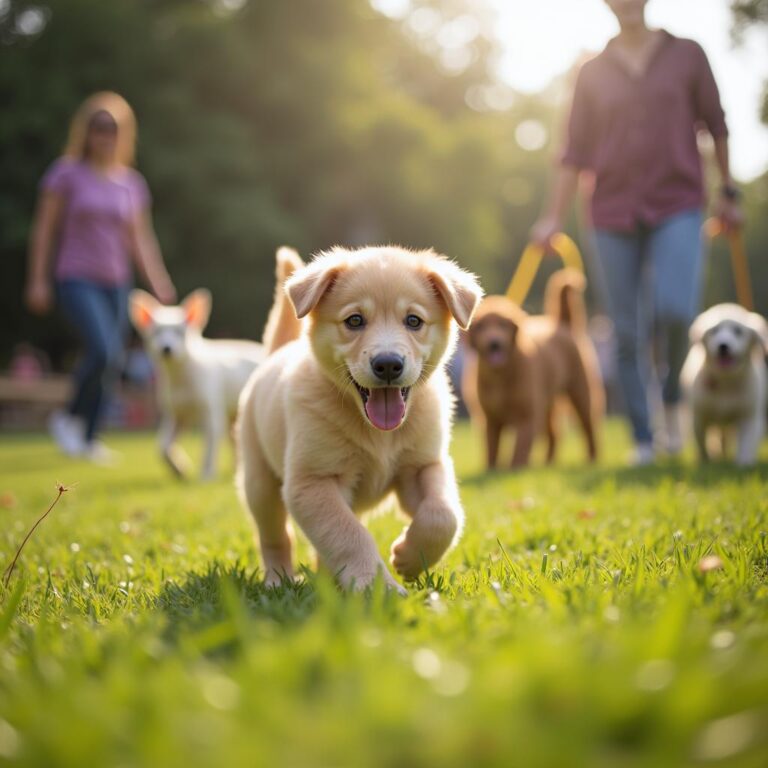How to Stop Dog Shedding: Tips for a Fur-Free Home
How to Stop Dog Shedding: Tips for a Fur-Free Home
Dog shedding can be a frustrating and inevitable part of pet ownership. For dog lovers, the sight of fur on your clothes, furniture, and floors can sometimes feel overwhelming. However, there are effective strategies to manage and reduce shedding, helping you maintain a cleaner, fur-free home. In this article, we will explore various tips and techniques to help minimize shedding, from grooming practices to dietary considerations.
Understanding Dog Shedding
Before we dive into the tips on how to stop dog shedding, it’s essential to understand why dogs shed in the first place. Shedding is a natural process that helps dogs regulate their body temperature and replace old fur with new hair. However, some breeds shed more than others, and various factors can influence the amount of fur your dog sheds.
- Seasonal Changes: Many dogs shed more in spring and fall as they transition between winter and summer coats.
- Breed: Some breeds, like Labradors and German Shepherds, are known for heavy shedding while others, like Poodles, shed very little.
- Health: Skin conditions, allergies, and stress can increase shedding in dogs.
Grooming Techniques to Reduce Shedding
One of the most effective ways to manage dog shedding is through proper grooming. Regular grooming not only reduces the amount of hair that ends up on your floors and furniture but also benefits your dog’s coat and skin health.
1. Regular Brushing
Establish a routine for brushing your dog. Depending on the breed and coat type, some dogs may require daily brushing, while others may be fine with weekly sessions. Use the right tools:
- Slicker Brushes: Ideal for removing loose fur and mats from long-haired dogs.
- Undercoat Rakes: Perfect for breeds with double coats to help eliminate undercoat shedding.
- Rubber Grooming Mitts: Effective for short-haired breeds and for providing a massaging effect.
2. Bathing
Bathe your dog regularly, but not too often; typically, once a month is sufficient. Use a good quality dog shampoo that helps with shedding. The washing process can loosen dead fur and help wash it away. Additionally, a nice bath can improve your dog’s skin health, reducing itching and irritation that may lead to increased shedding.
3. Professional Grooming
If you struggle to keep shedding under control, consider taking your dog to a professional groomer. They can provide specialized treatments, including de-shedding services, which may not be achievable at home.
Dietary Adjustments for Optimal Coat Health
The right nutrition plays a significant role in your dog’s overall health, including the health of their coat. A poor diet can lead to excessive shedding. Here are some dietary tips to consider:
1. High-Quality Dog Food
Invest in high-quality dog food that provides balanced nutrition. Look for dog foods rich in omega-3 and omega-6 fatty acids, which promote healthy skin and coat. Foods with appropriate levels of protein also support overall health.
2. Supplements
If your dog has specific dietary needs, consider incorporating supplements like fish oil or omega fatty acid supplements into their diet. Always consult with your vet before adding new supplements to ensure they’re appropriate for your dog.
Home Cleaning Strategies for a Fur-Free Environment
1. Regular Vacuuming
Invest in a high-quality vacuum cleaner designed specifically for pet hair. Regularly vacuum your home, focusing on areas where your dog spends the most time. Don’t forget to vacuum furniture, carpets, and your car if your dog rides along.
2. Wash Dog Bedding Frequently
Wash your dog’s bedding, blankets, and any fabric toys regularly to help control shedding. This not only keeps your home clean but also provides a more comfortable environment for your dog.
3. Lint Rollers
Keep lint rollers handy for quick cleanups on your clothes and furniture. They are perfect for removing stray hairs that might have accumulated during the day.
Additional Tips for Managing Shedding
Along with grooming, diet, and cleaning, consider the following additional tips to keep shedding manageable:
1. Stay Hydrated
Ensure your dog has access to fresh water at all times. Proper hydration supports skin health and can reduce excessive shedding.
2. Minimize Stress
Stress can also cause dogs to shed more. Provide a calm environment for your dog and minimize exposure to stressful situations, such as loud noises or aggressive encounters with other pets.
3. Regular Vet Check-ups
Make sure to schedule regular veterinary check-ups. Excessive shedding can sometimes be a sign of underlying health issues, and your vet can help rule out any problems.
Conclusion
Shedding may be a natural part of dog ownership, but the tips outlined in this guide can help you significantly reduce the amount of fur in your home. Regular grooming, a balanced diet, effective cleaning strategies, and addressing underlying health issues are key elements to managing shedding effectively. By implementing these practices, you can enjoy a cleaner, fur-free home while ensuring your furry friend remains happy and healthy.





